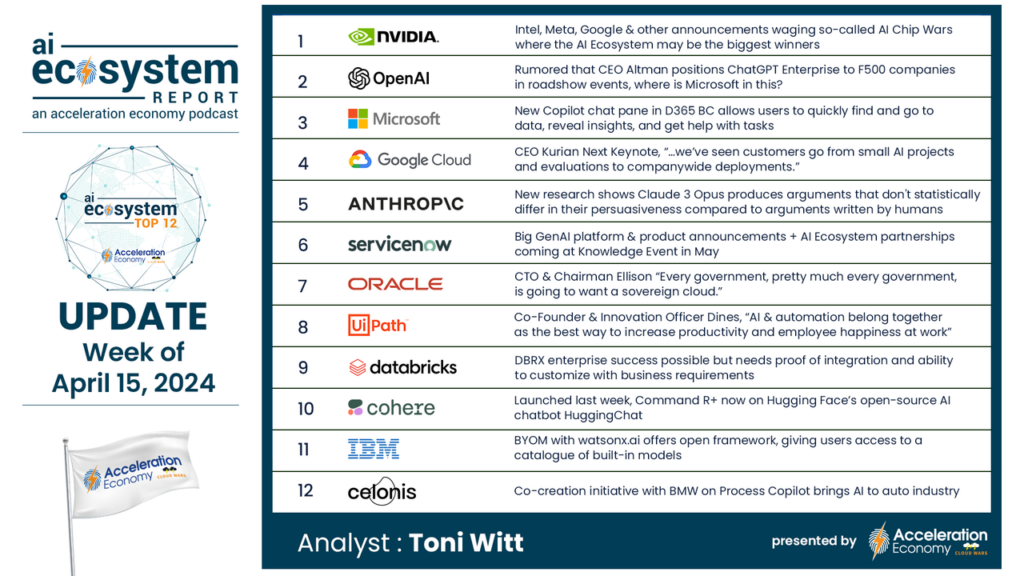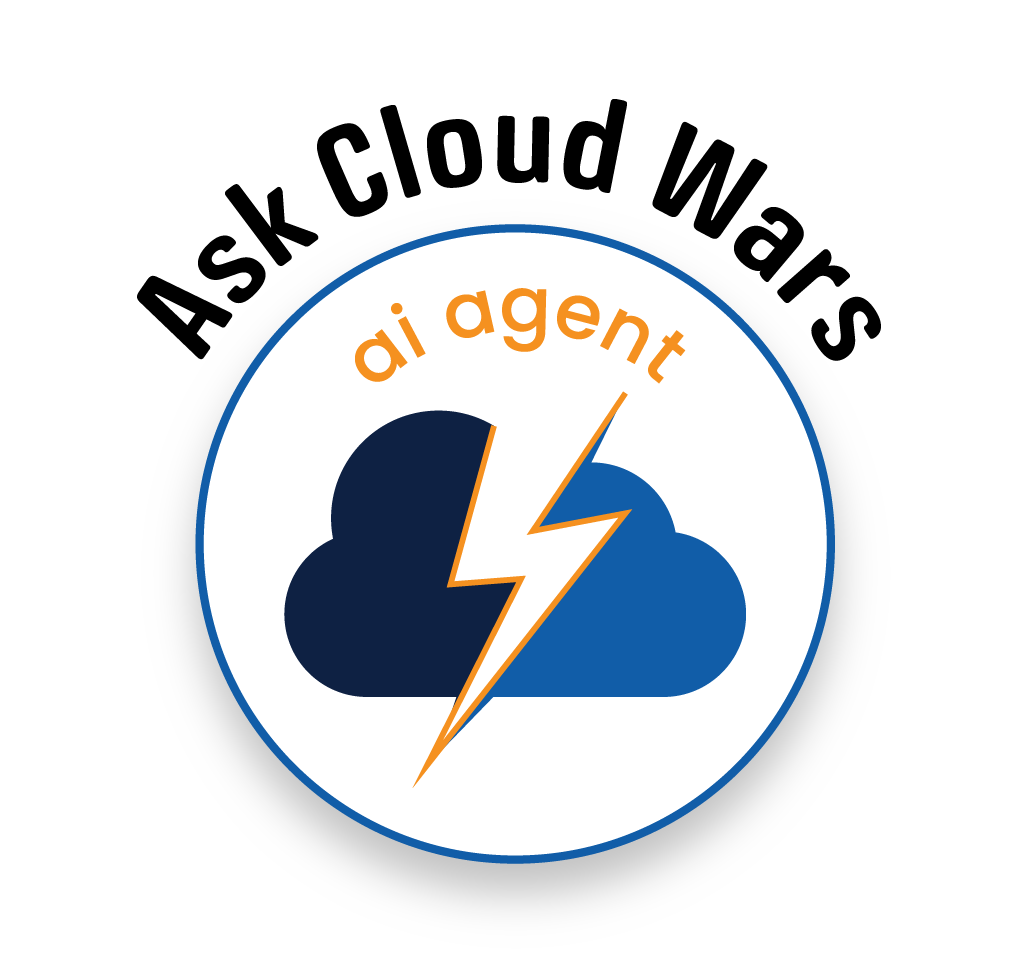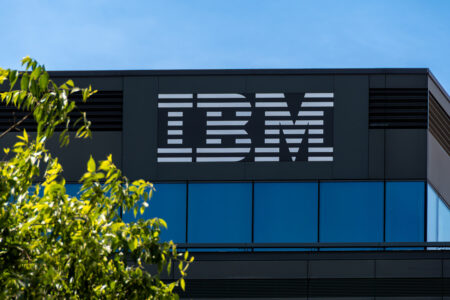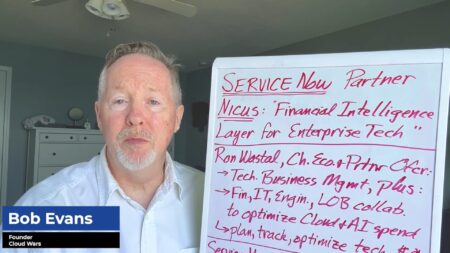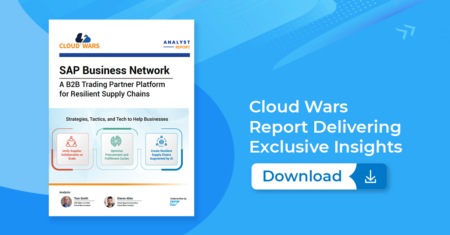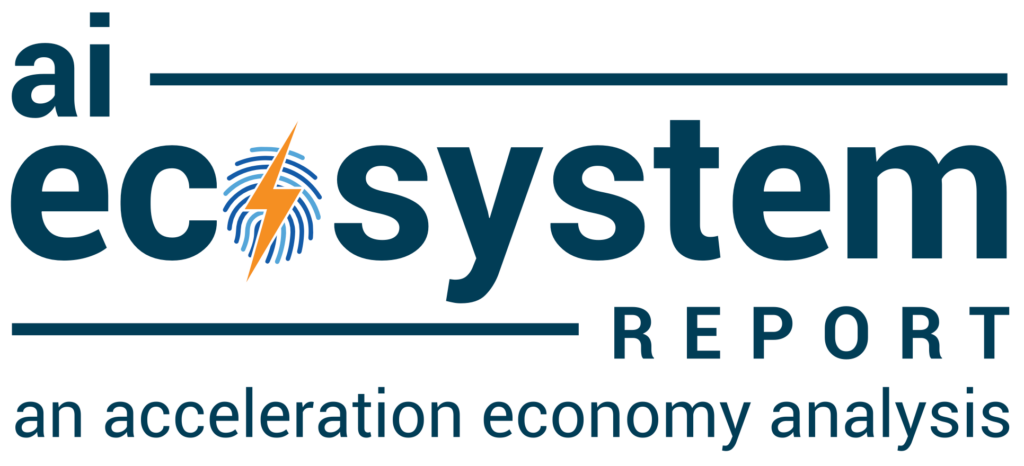
In this AI Ecosystem roundtable, sponsored by Propel, Acceleration Economy’s Tom Smith and Scott Vaughan host Tom Shoemaker, VP of Product Marketing, Propel, for a discussion on product lifecycle management (PLM).
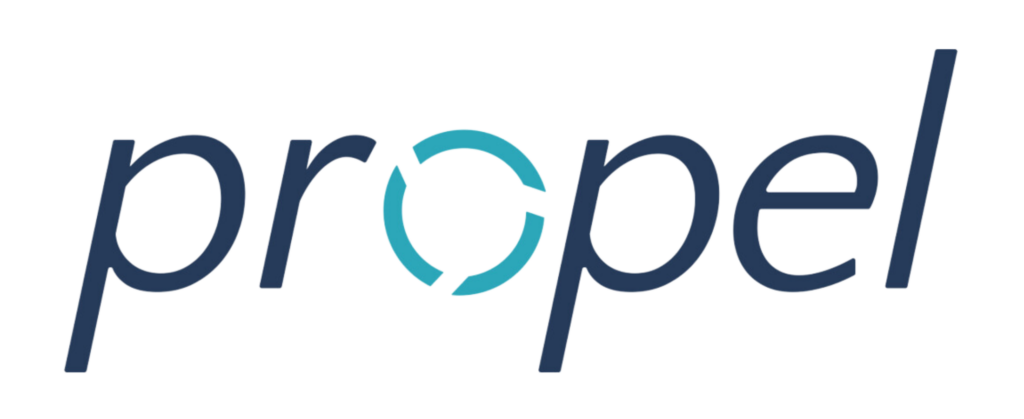
Highlights
Customer Priorities (00:43)
When it comes to PLM, Shoemaker highlights the top priorities that he sees with Propel customers:
- Growth: Increasing the price of products, entering new markets, and reducing production costs
- Efficiency: Reducing the time and labor applied to bring products to market
- Brand strategy: Positioning the company and its products in a way that’s best for reaching customers
Major Players (02:04)
As PLM has evolved, some major players in this space have emerged on the frontlines, changing the game on product lifecycle delivery. As the landscape has been changing in real-time, Shoemaker reviews recent moves made by Oracle and PTC, both major players when it comes to PLM.
Key Functions of Propel’s Technology (06:55)
There are other categories in the PLM space, including Quality Management Systems (QMS) and Product Information Management (PIM). These categories are rooted in trying to make a product successful. “You can build the world’s greatest product, but if no one knows about it, if it’s not commercialized effectively, it’s not successful in the market, then it’s not success for you,” Shoemaker notes.
Propel has unified these three categories into one offering built on the Salesforce platform. “In doing so, we think that it is not just a step change, but it really is an evolutionary change.” Combining this category enables Propel to meet the top customer priorities, ensuring product success. Being built on the Salesforce platform provides Propel with a breadth of reach that other offerings don’t have. Because Salesforce provides B2B advantages, such as security, mobility, and performance, Propel is able to focus on development efforts and reach across organizations’ value chains, in areas like sales and marketing.
Executive Focus (10:35)
Organizations have to build high-quality products and successfully commercialize them. Executives have to take the technical view of a product and transform it to a customer-facing commercial view. They have to consider technical representations, the bill of materials (BOMs), and making revisions. E-commerce staff have to consider stock-keeping units (SKUs) and the products, packages, accessories, and aftermarket parts. Service teams have to deal with assets. Executives have to collect these factors and determine how to present it on a commercial endpoint, whether that be on a website, marketplace, or e-commerce channel.
Ask Cloud Wars AI Agent about this analysis
Maximizing Revenue Growth (12:32)
Contribution to revenue growth is a big benefit of Propel. If businesses try to accomplish this with Agile or Oracle, they’ll have to cobble together many different technologies. It will cost a lot, and the tools won’t necessarily natively talk to each other. Propel allows quick commercialization of products, allowing them to enter new markets and charge price premiums.
Expense reduction and risk mitigation are other benefits. There’s still supply chain volatility and disruption out there. If manufacturers can’t source enough components to meet contractual obligations for the volumes they have to produce or meet particular launch timing windows, they’re leaving money on the table. Propel enables them to take an assessment of their risk and adapt to it.
Putting the Customer First (15:32)
It starts with the customer’s customer. What are they looking for? Customer behavior in the B2B world has been shifting. It used to be about “give me the product that does what I want it to do” and features at the lowest price. Increasingly, it’s about the experience. Is it going to be a delight to own? Is it going to achieve or overperform expectations?
Sustainable Sourcing Offerings (17: 17)
Customers are caring more about sustainability. The extent that manufacturers can ensure that and use tools, like what’s inside Propel, to navigate those concerns (how products and materials are sourced) will serve them well.
Manufacturers want to stay in tune with what the end customer is looking for and how they’re going to meet their needs. The old PLM tools of yesteryear didn’t have to navigate in as dynamic an environment as today’s. Manufacturers have to be more nimble; they have to search for a modern solution that is composable, meaning they can figure it out without writing code.
The Evolution of B2B Customer Expectations (19:17)
The concept of agility is critical. Business moves fast and understanding the nuances is very helpful. It’s been great to look into these categories and see the dynamics that are going on.
